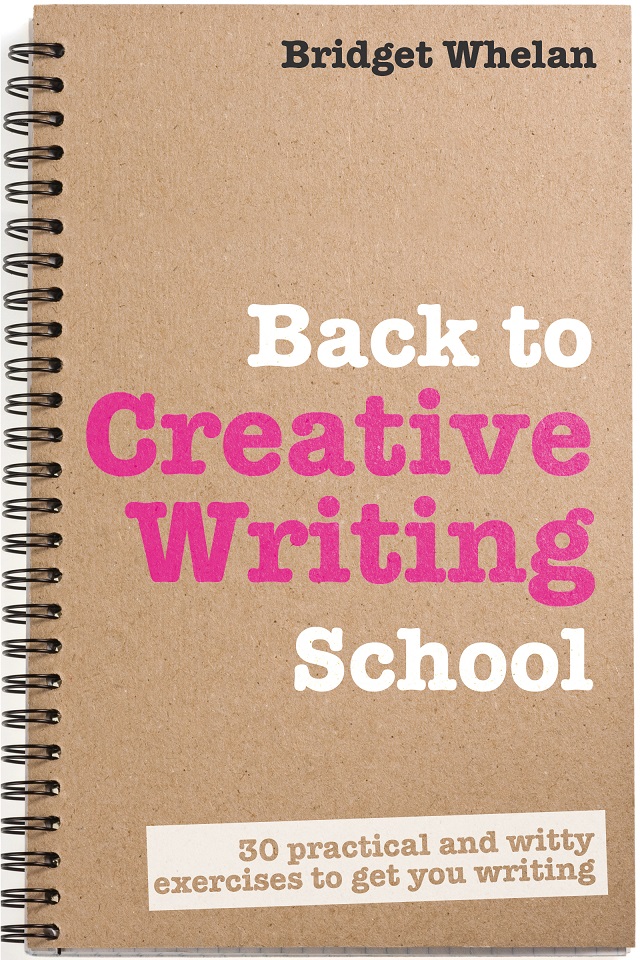READING LIKE A WRITER – flashbacks
 Flashbacks in literature are scenes within the chronological narrative that reveal events before the story began. In a novel the ‘now’ of the story might be about two old friends meeting after many years. The flashback might involve one of the men reliving the last time they met when under enemy fire in war time.
Flashbacks in literature are scenes within the chronological narrative that reveal events before the story began. In a novel the ‘now’ of the story might be about two old friends meeting after many years. The flashback might involve one of the men reliving the last time they met when under enemy fire in war time.
Why use it?
It’s a way of allowing the reader to glimpse the experiences that formed the main character’s personality and offer an insight into his or her motives for doing certain things later in the story. It can even allow the reader to sympathise with a deeply unpleasant character.
Problem 1
If the flashback is so important to the storyline readers may begin to question why the story didn’t begin at that point in the first place. In the make-believe novel I’ve used as an example, if the wartime events dominate and are more interesting than the present day there doesn’t seem to be a very good reason to begin and end it with two old men when the guts of the story is about an event in their youth. The solution is for the writer to work out what story they are telling which sounds easier than it actually is. I’ve never forgotten the (male) blogger who described the plot of Jane Eyre as a rich man with issues falling in love with an innocent young lass. As I said at the time, there’s a reason the book is not called Mr Rochester. It’s not hard to understand how readers can get confused, but unless it has happened to you, it may seem strange that a writer could be muddled about what they are writing. But it might be the first or second draft before it becomes clear. Having too many long flashbacks could be a sign that the heart of the story really starts much earlier. The first inspiration might have been the sight of two elderly gentlemen at a war memorial, but the story that demands to be written is about their younger selves.
Problem 2
If the flashback is too long the reader may forget about the ‘now’ of the story and find it very disconcerting to be catapulted forward again. Solution: make sure the reader always knows what’s a flashback and what is the real story. Zola handles this brilliantly in chapter Two of Lourdes. The scene is a carriage on a White Train – allocated to the poorest and most disabled pilgrims – on its way from Paris to the Catholic shrine in the south of France. In the carriage 30 year old Abbe Pierre Froment relives his childhood and the way his mother left him no choice but to enter the priesthood. With him in the carriage is the young paralysed woman he grew up with. Still beautiful, she is incarcertaed in a narrow coffin on wheels and cared for her by her dispairing family. The flasback tells Marie and Pierre’s backstory but we are never allowed to forget the now of the novel because every so often the train jolts (at least a couple of times per page) and poor Pierre returns to the stifling carriage. He soon retreats into his memories again but the jolt has served its purpose, we know where we are. Confused readers get bored and bored readers stop reading…
Here’s a short extract to show how the great man does it, but you can read the entire book on the Online Literature Network
...then, without understanding how it happened, they clasped each other tightly, to the point of suffocation, and kissed each other’s face, weeping, the while, hot tears. And it was that delightful memory which Pierre had ever carried with him, which he felt alive within him still, after so many years, and after so many painful renunciations.
Just then a more violent shock roused him from his reverie. He turned his eyes upon the carriage and vaguely espied the suffering beings it
contained…The painful journey was continuing, with a ray of divine hope still and ever shining yonder. Then everything slowly vanished from Pierre’s eyes as a fresh wave of memory brought the past back from afar; and nothing of thepresent remained save the lulling hymn, the indistinct voices of dreamland, emerging from the invisible.
If you enjoyed this post please share, as E.M. Forester said ‘only connect…’
And if you click on FOLLOW you won’t ever miss another post again.
And if you click on FOLLOW you won’t ever miss another post again.
Related articles
- How to Do a Flashback (selfpubauthors.com)




Thanks Bridget. Great post.
Glad you like it Laura
That is very useful stuff Bridget ,although one para from ‘Lourdes’ is more than enough on a windy rainy Monday morning. Oh for a flashback to the days of childhood when summers were always warm and sunny..
You’re right, Zola’s probably not your man for happy childhood scenes. The Lourdes train is pretty mild compared to some of his stuff.